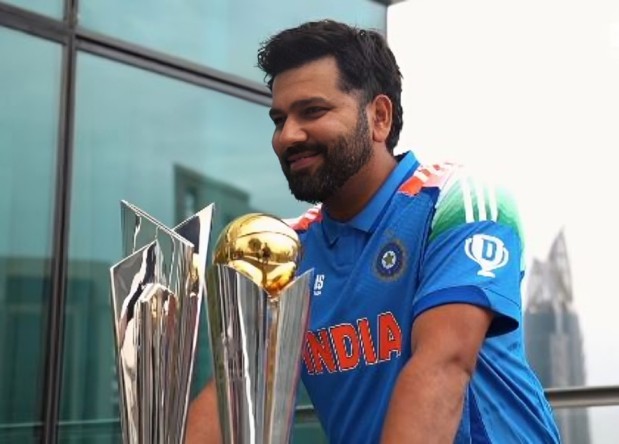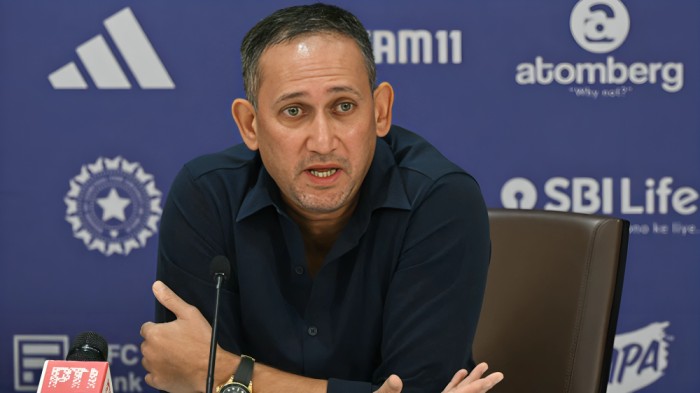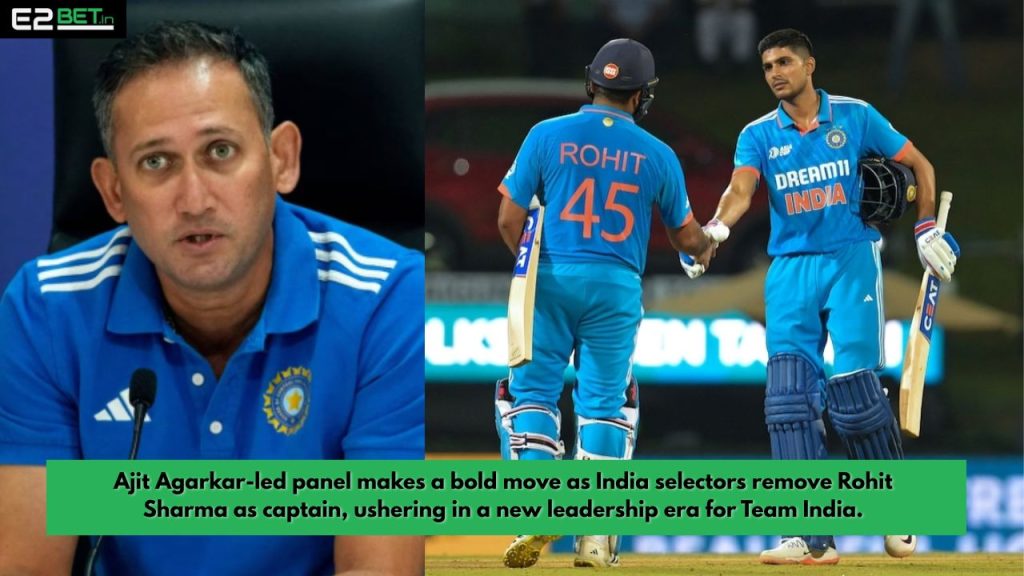India selectors remove Rohit Sharma as captain in a bold yet strategic decision led by Ajit Agarkar. The move reflects long-term planning ahead of the 2027 ODI World Cup, focusing on building a younger leadership core, maintaining team balance, and ensuring transparency and professionalism in Indian cricket’s transition to the next generation of leaders.
A Bold and Balanced Call by India Selectors
The recent decision where India selectors remove Rohit Sharma as captain has sparked debates across the cricket world. For some, it feels premature; for others, it is a forward-looking step that embodies the professionalism and transparency India’s selection panel, led by Ajit Agarkar, has brought to the system. This wasn’t just about one player it was about building leadership depth and ensuring the team is ready for the 2027 ODI World Cup.
Rohit Sharma’s Impact as ODI Captain

Rohit Sharma’s reign as ODI captain was statistically magnificent and historically successful. Among 64 international captains who have led in 50 or more matches, Rohit ranks among the top in both batting average and strike rate. In 56 matches, he scored at an impressive 111.97 runs per 100 balls and averaged 52.2 per dismissal.
Under his leadership, India achieved two major milestones that cemented his legacy winning the 2024 ICC T20 World Cup and clinching the 2025 ICC Champions Trophy. Both triumphs came with Rohit at the helm, showcasing his tactical sharpness, composure, and ability to unite the team under pressure. His calm yet aggressive style inspired India to play fearless cricket while maintaining discipline, making him one of the most impactful leaders in modern times.
However, selectors understood that by 2027, Rohit would be 40. Rather than waiting for fitness or form issues to emerge, they decided to prepare a younger successor early a move echoing the Australian-style approach of ensuring seamless transitions. This foresight, rather than sentimentality, reflects a strategic mindset that prioritizes India’s long-term success over short-term comfort the kind of decision that keeps a team competitive and evolving for years to come. This strategic foresight is why India selectors remove Rohit Sharma as captain at this moment, rather than waiting for a potential dip in form.
Professionalism and Courage in Selection
For years, transitions involving superstars in Indian cricket were messy. Legends like Tendulkar, Dhoni, and Kohli often exited amid media speculation and internal politics. In contrast, the Agarkar-led panel handled the Rohit Sharma captaincy transition with respect and clarity.
There were no leaks, no controversies just a clear decision communicated with professionalism. With Rohit already stepping away from Test and T20 leadership, the ODI transition was a natural progression. The selectors wanted to ensure that India would not enter the next World Cup cycle without a tested and confident leader.
This foresight also opens doors for Shubman Gill, who has shown early signs of leadership maturity. By grooming him now, India guarantees stability for the years ahead avoiding the leadership uncertainty that once plagued transitions. This reinforces why India selectors remove Rohit Sharma as captain with a long-term vision rather than reacting to immediate results.
The Agarkar Era: Smart, Transparent, and Visionary

Ajit Agarkar’s panel has set new standards for how Indian cricket operates. From managing senior players’ exits to nurturing new talent, their decisions have been balanced, data-driven, and honest. They’ve been unafraid to make difficult calls on players like Hardik Pandya and Jasprit Bumrah, prioritizing consistency and fitness above reputation.
Agarkar’s proactive role was also visible when Dhruv Jurel replaced an injured Rishabh Pant. Instead of waiting for comfort, he pushed for form-based selection. His open communication with Virat Kohli before his Test retirement showed maturity allowing legends to exit gracefully while making way for the next generation.
Importantly, this panel engages with the media responsibly, explaining their decisions to fans. This transparency has strengthened public trust in their process, something Indian cricket lacked in earlier administrations.
Reforming the System Beyond Individuals
Another significant reform under Agarkar is the centralized injury management policy. Players are no longer allowed to manage injuries through IPL franchises. Instead, all reports go through the Centre of Excellence in Bangalore, ensuring uniform standards and reducing bias.
While the panel made a small error in selecting Anshul Kamboj before full recovery, they’ve shown accountability something rare in Indian cricket. Their focus remains on building a culture of fitness, clarity, and fairness.
Why the Decision Was Necessary
The fact that India selectors remove Rohit Sharma as captain is not a dismissal of his achievements it’s a strategic evolution. After guiding India to global success in both the 2024 T20 World Cup and 2025 Champions Trophy, Rohit leaves the ODI captaincy with an unmatched record of leadership and legacy.
This transition allows India to prepare a new generation of leaders who can carry forward the winning mindset he built. It’s a change made from a position of strength ensuring continuity, stability, and a hunger for excellence that defines India’s modern cricket identity.
READ MORE:
- BCCI Asks Virat Kohli and Rohit Sharma to Play Domestic Cricket
- Top 10 Cricketers With the Most Man of the Match Awards in IPL History (2025 Updated )
FAQ
Why did India selectors remove Rohit Sharma as captain?
Because they’re planning long-term for the 2027 ODI World Cup. Rohit will be 40 by then, and selectors want to develop a younger captain well before that.
Was Rohit Sharma underperforming as captain?
No. In fact, his record as ODI captain is among the best in history. The move was based on strategic foresight, not form or performance.
Who is expected to lead India in ODIs now?
Shubman Gill is the top contender, already showing leadership maturity in Tests and IPL, making him a natural choice for the role.
What is Ajit Agarkar’s role in this transition?
As Chief Selector, Agarkar has overseen India’s leadership shift with fairness, ensuring open communication and a clear roadmap for the future.
How will this decision impact Indian cricket’s future?
It strengthens leadership planning, ensures younger players gain experience early, and establishes a culture where even big names can be replaced respectfully.
